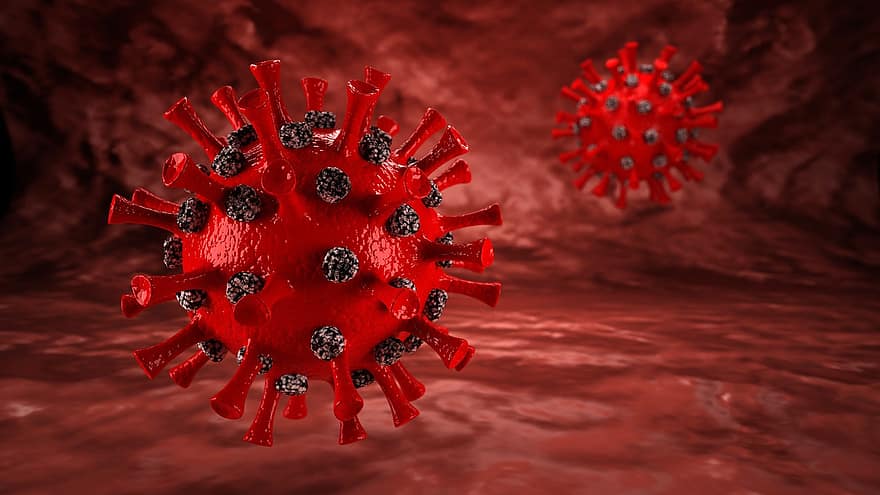News release
From:
Study of U.S. employees defines the odds of COVID-19 reinfection
Throughout 2020, a prior COVID-19 infection protected most people from a second infection for at least six months
In 2020 and early 2021, people who had been infected with SARS-CoV-2 had around 72% to 86% protection against reinfection with the virus for at least six months, according to a new study published February 10th in PLOS Biology by Emilie Finch of London School of Hygiene & Tropical Medicine, UK, and colleagues.
Identifying the extent and duration of protective immunity afforded by natural infection with SARS-CoV-2 is of crucial importance for understanding the long-term epidemic dynamics of the virus. In the new study, the researchers analyzed PCR and blood tests collected between April 2020 and February 2021 from a cohort of 4,441 SpaceX employees located in California, Texas, Florida, and Washington State. Participants gave serological samples for antibody testing at four time points, and could request PCR tests for any reason, including COVID-19 symptoms or exposure.
Of the individuals included in the study, 309 (8.2%) had tested positive for COVID-19 antibodies by the end of August 2020, indicating prior infection. A reinfection was defined as a new positive PCR test more than 30 days after an initial positive antibody test, identifying 14 possible reinfections. Researchers estimated an odds ratio for reinfection ranging from 0.14 (95% CI 0.019-0.63) to 0.28 (95% CI 0.05-1.1), depending on the time period considered.
The study was limited by the fact that the cohort was unlikely to be representative of the general population. Additionally, only possible reinfections were considered, as opposed to probable or true reinfections. As possible reinfections did not meet a stringent case definition, such as confirmation through genomic sequencing, they may include cases of prolonged viral shedding following an initial infection. This would result in an overestimation of the odds ratio for reinfection and so the analysis reflects the minimum possible effect of antibodies on future SARS-CoV-2 infection risk. However, the study provides an early estimation of protection against reinfection in a workplace cohort and is broadly in line with what has been seen in other cohorts.
“This suggests that primary infection with SARS-CoV-2 provides protection against reinfection in the majority of individuals, at least over a sixth month time period,” the researchers say.
Finch adds, “In this study we used data from US workplaces in 2020 and found that the majority of individuals with antibodies for SARS-CoV-2 were protected from reinfection within a six-month period. We also highlight some of the challenges involved in understanding the potential for reinfection early in an epidemic and show how jointly analyzing PCR and antibody data can help to account for these.”



 International
International



